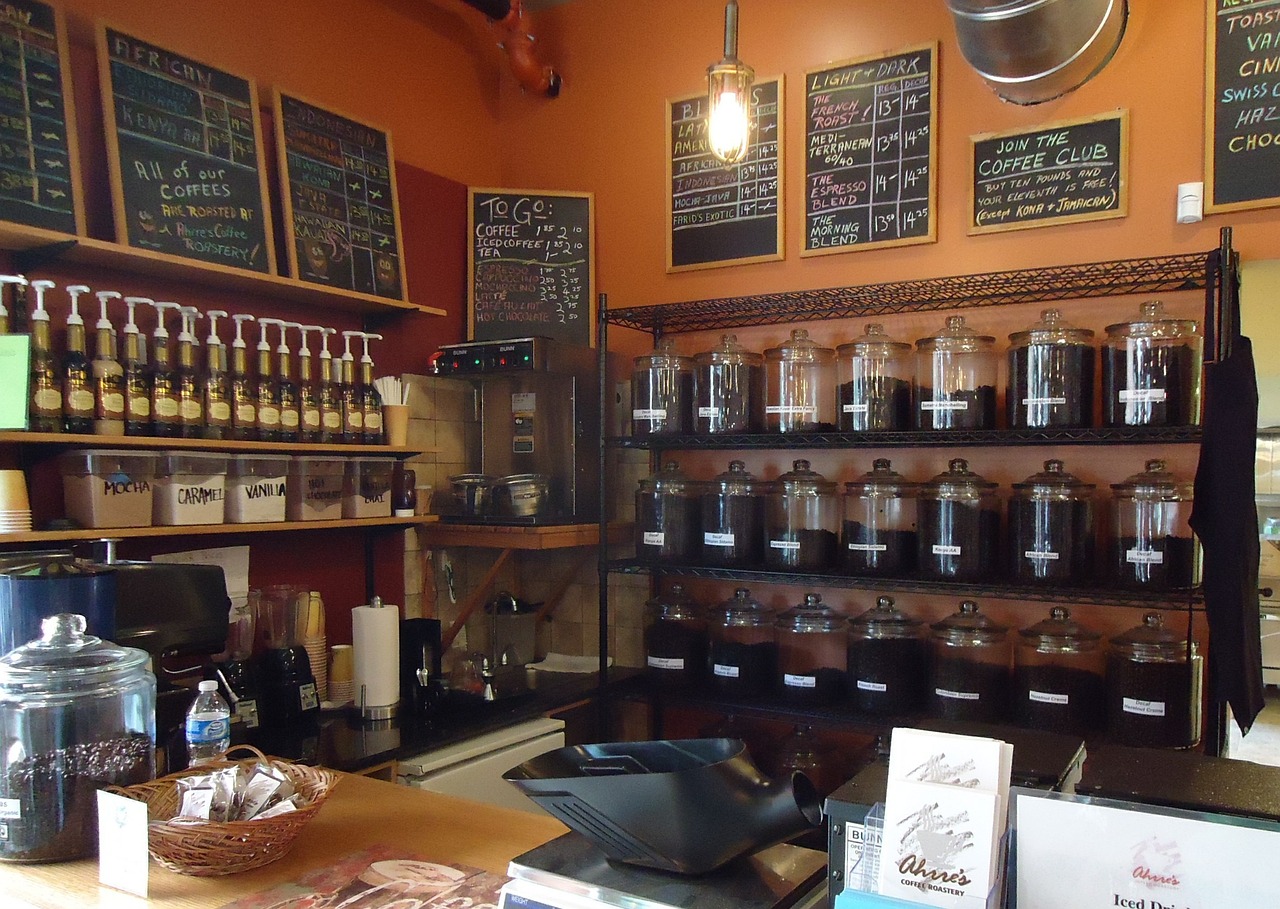The Future of Sustainable Packaging: Biodegradable Materials, Compostable Packaging, and Zero-Waste Solutions
The increasing demand for convenient and cost-effective packaging solutions has led to a surge in plastic usage, contributing to environmental concerns. The lack of proper recycling infrastructure and consumer awareness further exacerbates the issue, leading to excessive plastic waste in landfills and oceans. In addition, the use of non-recyclable and single-use packaging materials poses a significant challenge to achieving sustainability goals within the industry.
Moreover, the complex supply chains in the packaging industry often result in inefficiencies, leading to overproduction and excess waste. Poor communication and coordination among stakeholders along the packaging process also contribute to delays and additional environmental impact. These challenges highlight the urgent need for innovative and sustainable packaging solutions to address the growing environmental crisis.
Innovations in Sustainable Packaging Materials
Sustainable packaging materials are revolutionizing the way products are packaged and consumed. From plant-based plastics to compostable materials, brands are increasingly turning to innovative solutions to reduce their environmental impact. These materials offer a greener alternative to traditional packaging, catering to the growing consumer demand for eco-friendly products.
In addition to being environmentally friendly, sustainable packaging materials also help companies enhance their brand image and attract eco-conscious consumers. By adopting these innovative materials, businesses can showcase their commitment to sustainability and differentiate themselves in a competitive market. Moreover, sustainable packaging materials can contribute to reducing waste and pollution, making them a valuable asset in the journey towards a more sustainable future.
Benefits of Biodegradable Packaging
Biodegradable packaging offers a range of environmental benefits. Due to its ability to decompose naturally, it helps reduce the amount of waste that ends up in landfills. This not only minimizes the use of non-renewable resources but also helps lower greenhouse gas emissions, contributing to a healthier environment.
Additionally, biodegradable packaging can play a key role in reducing pollution. Traditional packaging materials, such as plastic, can release harmful chemicals into the environment during their breakdown process. In contrast, biodegradable packaging breaks down into non-toxic substances, preventing pollution and potential harm to wildlife.
What are some common challenges in current packaging practices?
Some common challenges in current packaging practices include excessive use of non-biodegradable materials, increased waste generation, and negative environmental impact.
How have innovations in sustainable packaging materials addressed these challenges?
Innovations in sustainable packaging materials have led to the development of biodegradable packaging options that decompose naturally, reducing waste and minimizing environmental harm.
What are some benefits of using biodegradable packaging?
Some benefits of using biodegradable packaging include reducing plastic pollution, lowering carbon footprint, supporting a circular economy, and promoting sustainable practices.
Are biodegradable packaging materials as durable as traditional packaging materials?
Biodegradable packaging materials have been developed to be just as durable and functional as traditional packaging materials, ensuring that they can effectively protect products while also being environmentally friendly.
How can businesses benefit from using biodegradable packaging?
Businesses that use biodegradable packaging can enhance their brand image, attract eco-conscious consumers, meet sustainability goals, and contribute to a healthier planet for future generations.







